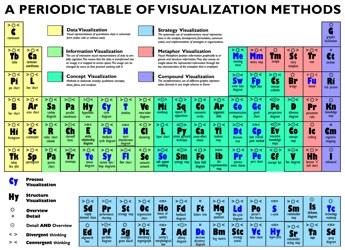[cross posted at FastForward blog]
We’ve been challenged to offer tips for gaining adoption of Enterprise 2.0 technologies by James Dellow and James Robertson. Of the responses so far, I confess that I am most aligned with Euan Semple’s, who suggests that perhaps the call for adoption advice is premature. Here are some thoughts on adopting these technologies beyond the general strategies that apply to any collision between new technology and an organization.
- Start with your own learning. You are the target user base. Moreover, these are technologies whose value is not easily understood from casual use or from reading someone else’s account. Set up a blog and start keeping a daily journal with it narrating your work.
- Use Enterprise 2.0 tools to do your research on Enterprise 2.0 Get an RSS Reader and start subscribing to blogs talking about these technologies. Use your private blog to post items from your reader with your thoughts and reactions. Set up an account at del.icio.us and start using it to track your web surfing. Use a wiki to start organizing your research into a business case and plan for your organization.
- Find and enlist co-conspirators. Ignore the issue of resistance to organizational change. Route around it. Find a handful of other individuals you work with to join you in your efforts. If possible, include collaborators outside your organization as well. Examine and reflect on your struggles and mistakes as you learn.
- Ignore the IT organization or co-opt it. These technologies are inherently subversive to the established order of things in most organizations. Don’t fight it, exploit it. Start with services outside the firewall, unless you can find a sympathetic friend inside the IT organization who will help set up a sandbox server to play with. Don’t get caught up in trying to fit in with the existing technology architecture or standards. You’re initial objective is to understand how this class of applications interact with the business processes in your unique organization. Don’t fall into the trap of thinking the problem is about technology.
- Fix a broken process. Once you’ve developed some grounded experience with these technologies, you’ll be able to identify the process in your organization that can visibly benefit and that you have the power and authority to fix.
Absent a specific organizational situation and a specific problem, I fear that most tips will, of necessity, be very generic.

